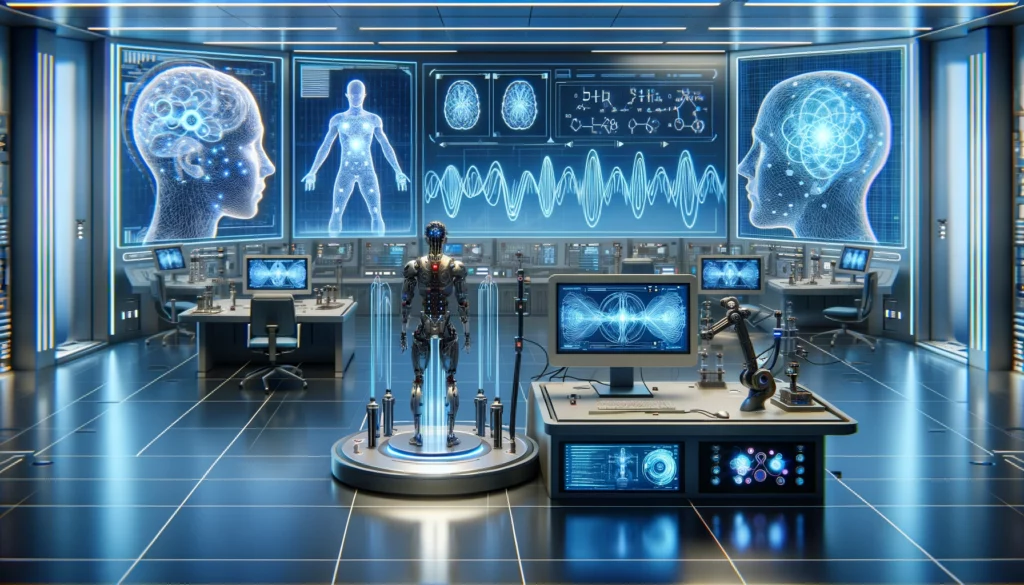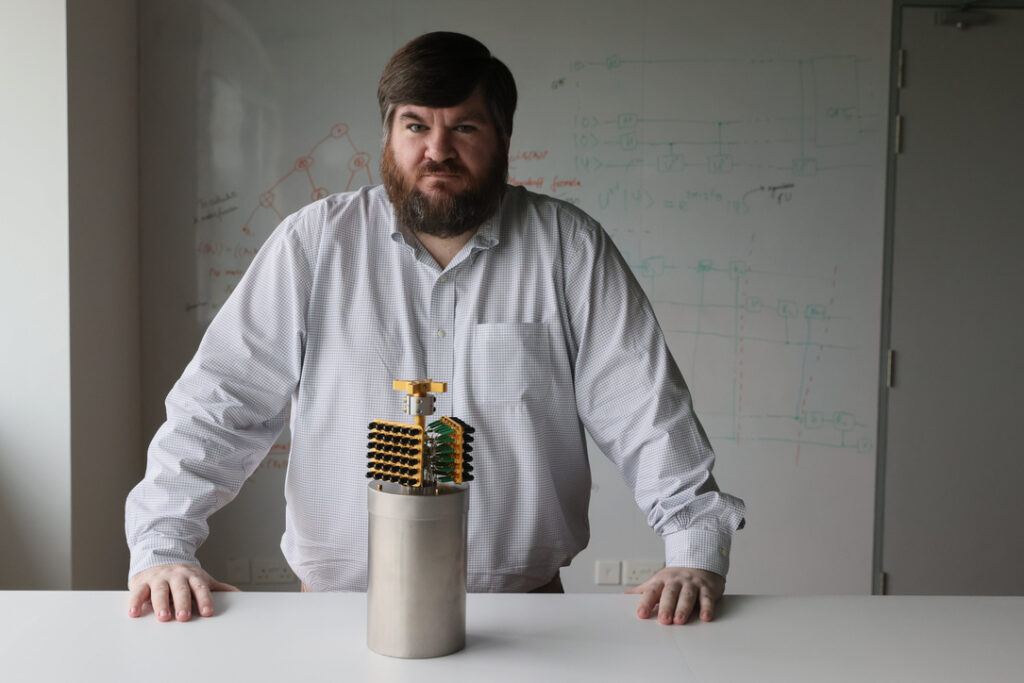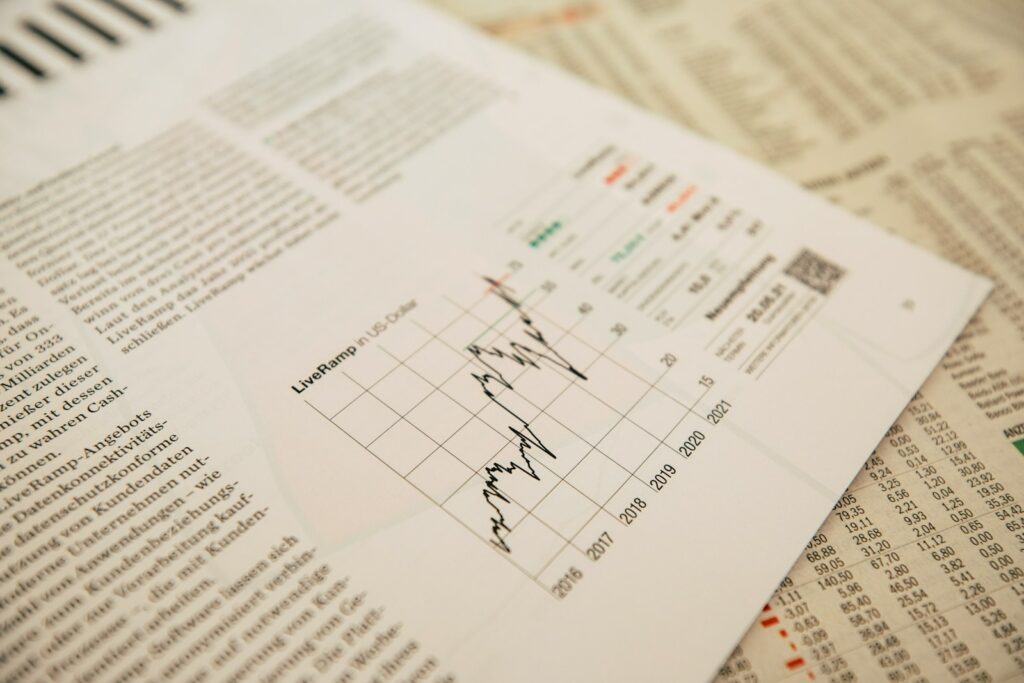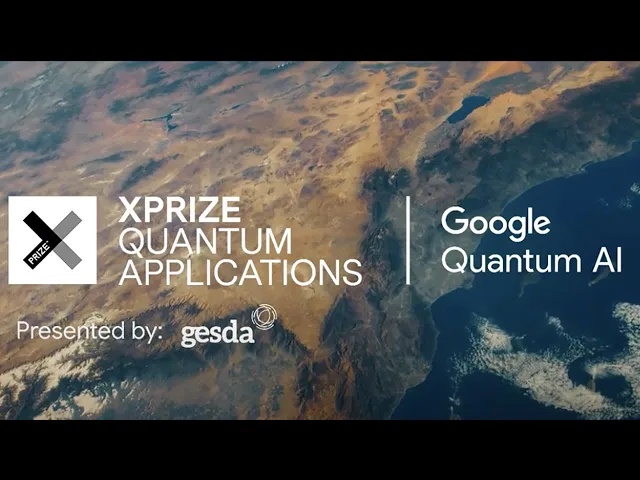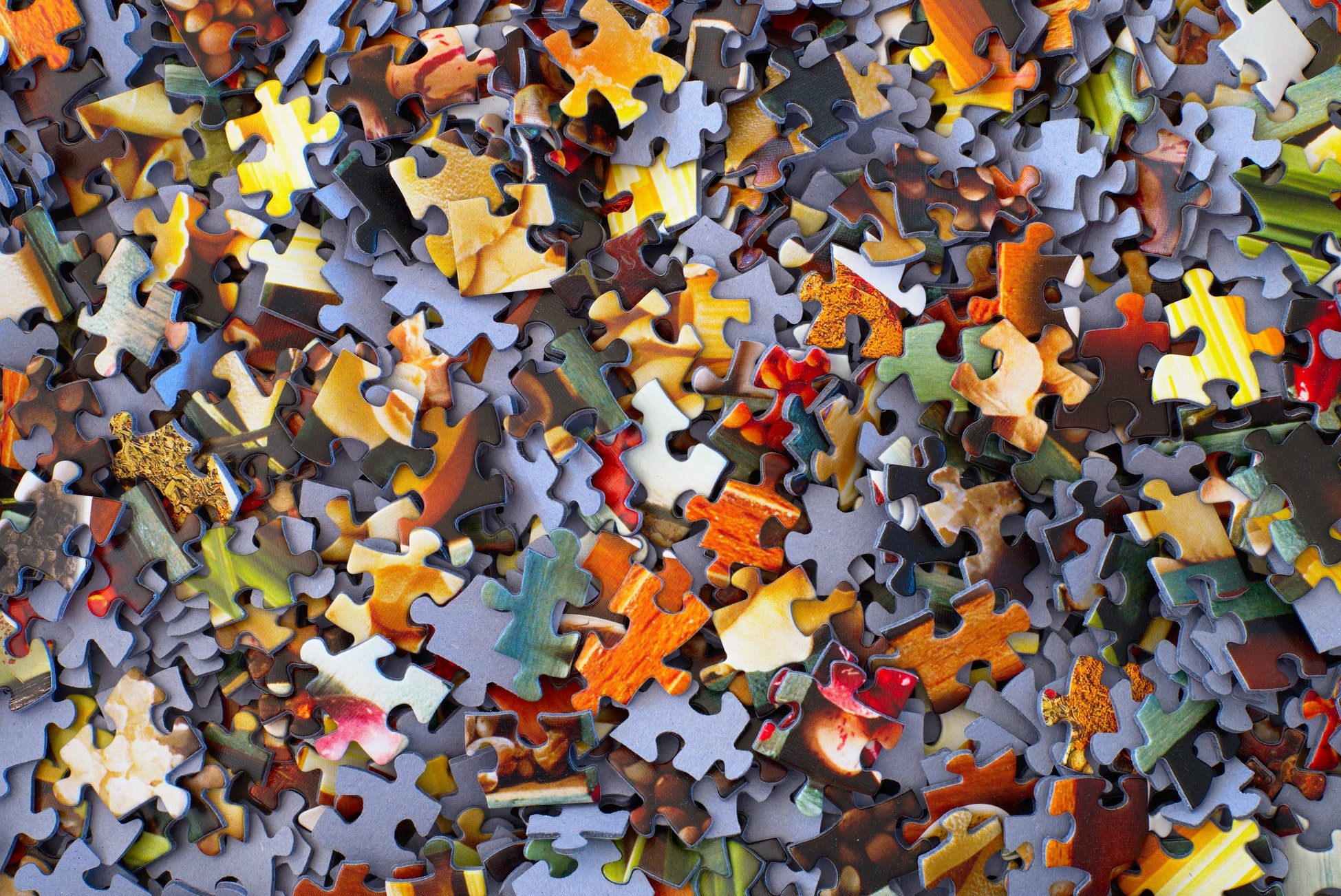
Why is reproducing research important?
Reproducing and peer-reviewing research results is at the core of the modern scientific method. Sadly, it is not something that the current academic system easily encourages. New research results, number of citations by other papers and other indicators are what drives most of Academia. This poses a critical challenge as the scientific community around the world struggles to replicate and validate studies and other scientific research. Quantum projects and research are no exception. The hype in the industry makes it even more prone to unproved and catchy claims.
I’m somebody tells you to invest in their quantum computing company because they will find a vaccine/cure for COVID-19 with it, take the following steps:
1. They are lying, do not invest.
2. Publically shame them on Twitter and warn others not to invest.
3. Block them.
— Jonathan P. Dowling (@jpdowling) March 26, 2020
A Learning Journey to Replicating Quantum Projects
The replication issue extends to other non-scientific projects as well and so the problem grows. I personally find it to be one of the most interesting challenges in the Quantum Computing community. Thanks to the existence of early stage hardware and software from the likes of Google with cirq or IBM with qiskit, it is now easier than ever to learn, test & replicate ideas.
Quantum Intuition was born: A self-learning journey to replicating and testing Quantum Computing projects. A raw, non-edited and zero BS exploration of Quantum Computing. My goal with the Youtube channel was two-fold:
- Publish my learning journey with all the ums, ahs and aha! moments. Produce entertaining and useful material for other quantum explorers out there regardless of their skill set.
- Build a platform to reproduce and test quantum projects.
An Example: Grover’s Algorithm for NISQ Machines
Existing hardware is really noisy and some believe we are still far away from having solid error correction in existing machines. Writing algorithms that work well in such QPUs is sometimes a big challenge. Well known algorithms such as Shor’s factoring, would require in the order of millions of physical qubits to run for numbers big enough to threaten current encryption schemes.
In January 2020 Takahiko Satoh, Yasuhiro Ohkura, Rodney Van Meter published a paper to arXiv.org which proposes a version of Grover’s algorithm that is designed to work on such machines. The paper was reviewed on the Quantum Intuition channel in a 19 video series earlier this year.














